Portal to Hell: Hundreds of historical 'witch marks' discovered in Derbyshire cave in 'significant' discovery
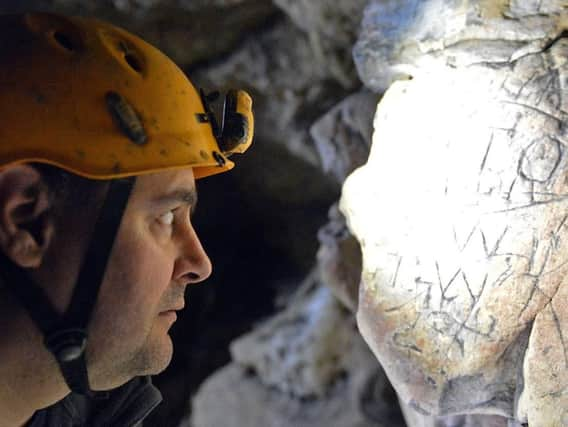

It's been a busy day for Paul Baker, director of Creswell Crags- a limestone gorge on the Derbyshire and Nottinghamshire border dating back 60,000 years.
The heritage site has been a flurry of journalists, cavers and experts today (February 14) and with good reason- a wondrous historical find that is set to put the already prominent heritage site firmly on the map.
Advertisement
Hide AdAdvertisement
Hide AdHundreds of protective marks, also known as Witches’ Marks, have been discovered in nine of the sites 30 Ice Age caves.
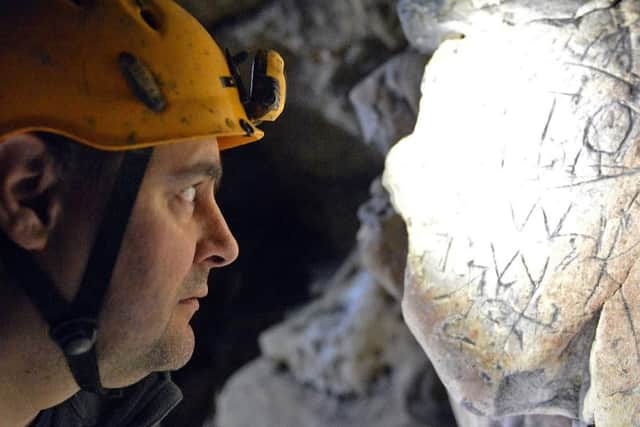

These apotropaic marks, from the Greek apotrepein, meaning ‘to turn away’, have been found scribed into walls and ceilings of the caves, over dark holes and large crevices.
“We’re all still coming to terms with the importance of the find," Paul added.
"It’s strange to imagine that 11,000 years after our Ice Age ancestors made their art on our walls, that fear of the unknown may have prompted superstitious locals to return to the rock and make their mark.”
Advertisement
Hide AdAdvertisement
Hide AdThis huge find is prominent on a national scale for being, potentially, the biggest collection of apotropaic marks in one place in the whole of the UK.
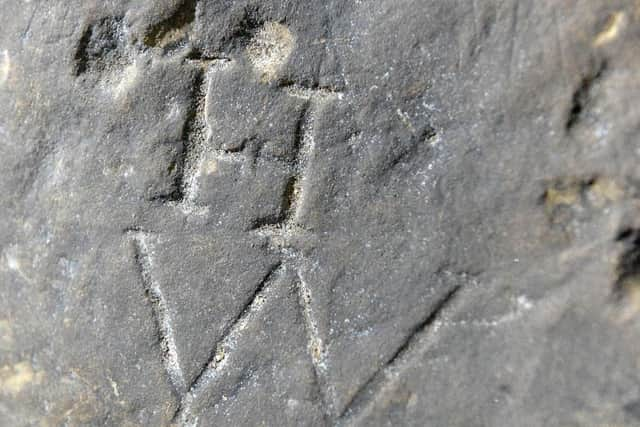

Previously dismissed as graffiti, the marks were picked up on by Hayley Clark and Ed Waters, of the Subterranea Britannica group, during a cave tour at the Crags.
John Charlesworth, heritage facilitator and the tour leader at the time of the discovery, said: “These witches’ marks were in plain sight all the time.
"Being present at the moment their true significance was revealed will stay with me forever."
Advertisement
Hide AdAdvertisement
Hide AdRitualistic protection marks are most commonly found in historic churches and houses, near the entrance points, particularly doorways, windows and fireplaces to protect the inhabitants from evil spirits.
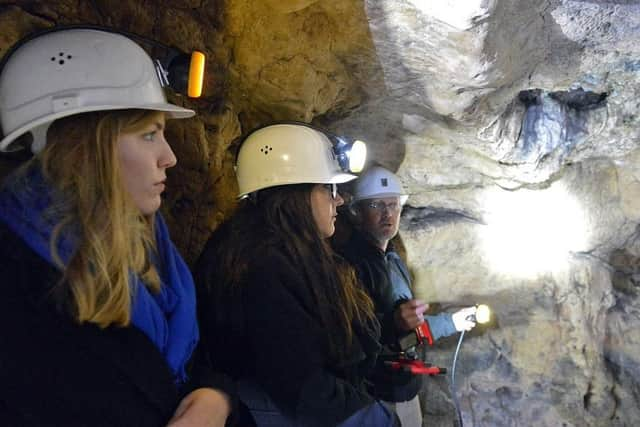

It was thought that the largest quantity of witches’ marks in British caves existed in Somerset, at 57 marks, but the number at Creswell Crags far exceeds that- numbering in the high hundreds in one cave alone.
Alison Fearn, of Leicester University, who studied her PHD on Protective marks, has been drafted in to shed some light on the origins of the mysterious etchings.
“I cannot emphasise how important this corpus of apotropaia is to graffiti research," said Alison.
Advertisement
Hide AdAdvertisement
Hide Ad"I think off the top of my head, it is the largest number of examples found anywhere and in any context in the UK.”
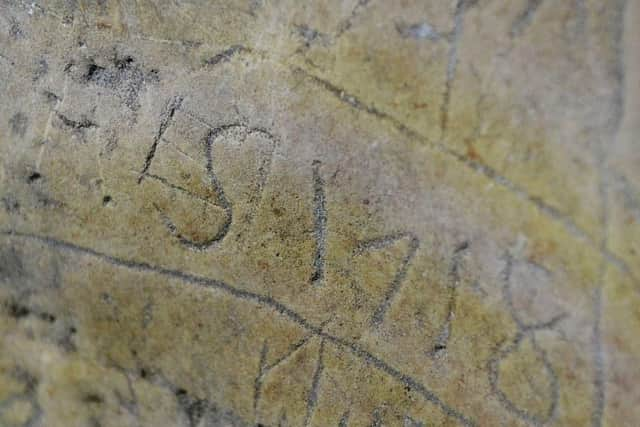

"The number and variety of witch mark designs is unprecedented.
"Among the most common found are the double VV engravings which are believed to make reference to Mary, Virgin of Virgins and similarly PM is Pace Maria.
"Others are believed to be devices for capturing or trapping ‘evil’ and these include diagonal lines, boxes and mazes.
Advertisement
Hide AdAdvertisement
Hide Ad"The marks appear to have been added to over time and may indicate a need to strengthen the protection in response to a period of unexpected sickness, death or poor crops.
"The caves were excavated by archaeologists during the 19th century and in the process, widened. This may account for why some surfaces feature no marks and might suggest that there were originally an even greater number."
Professor Ronald Hutton, an authority on folklore, said: “This discovery is significant because it looks like the largest assemblage of protective marks ever found in British caves, and possibly anywhere in Britain.
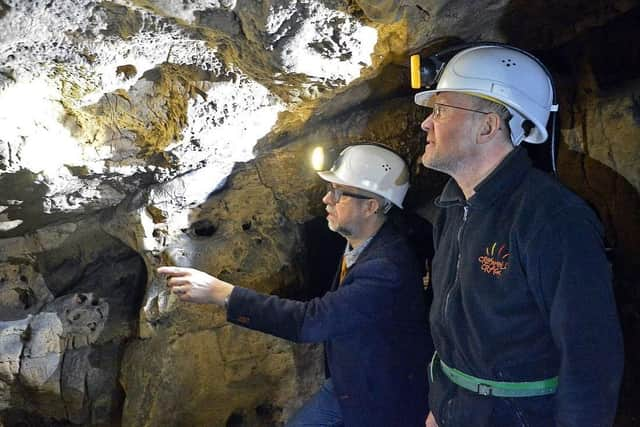

"This is a suddenly a large new area of research for historians and archaeologists, and so adds appreciatively to the importance of the Crags as a world resource.
Advertisement
Hide AdAdvertisement
Hide Ad"This is a hugely important and exciting find, in one of the main current growth areas of knowledge about the past.
"Creswell Crags has already amazed the twenty-first century with its revelations of Palaeolithic designs.
"Now it does so again with a fresh one of medieval and early modern ritual protection marks on a huge scale, making a very important contribution, at a stroke, to one of the most significant current areas of new scholarly research."
Creswell Crags staff are now working with experts from Historic England to better understand the full significance and extent of the discovery.
Advertisement
Hide AdAdvertisement
Hide AdDuncan Wilson, chief executive of Historic England, said: “Creswell Crags is already of international importance for its Ice Age art and ancient remains.
"To find this huge number of protection marks from the more recent past adds a whole new layer of discovery.
"Even two hundred years ago, the English countryside was a very different place, death and disease were everyday companions and evil forces could readily be imagined in the dark.
"We can only speculate on what it was the people of Creswell feared might emerge from the underworld into these caves.”
To find out more about Creswell Crags and how you can visit, click here: https://www.creswell-crags.org.uk/